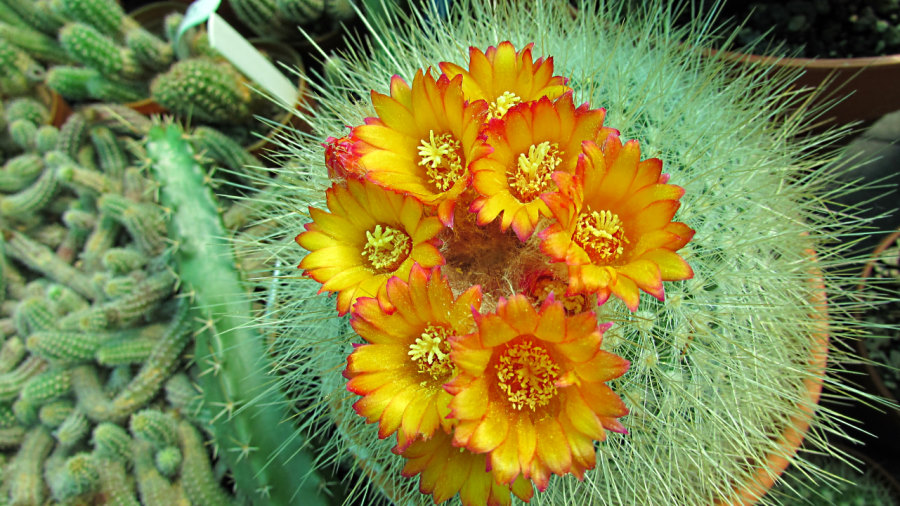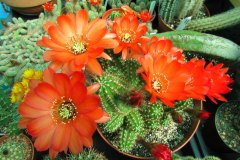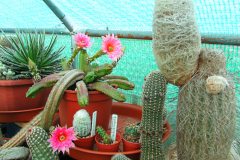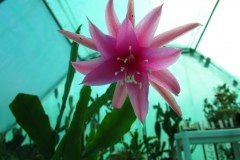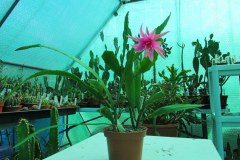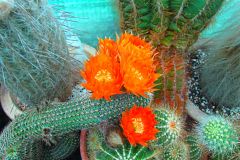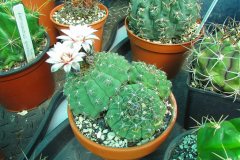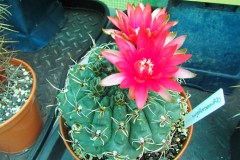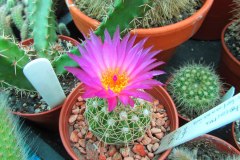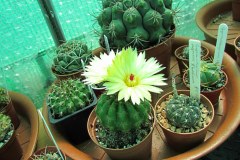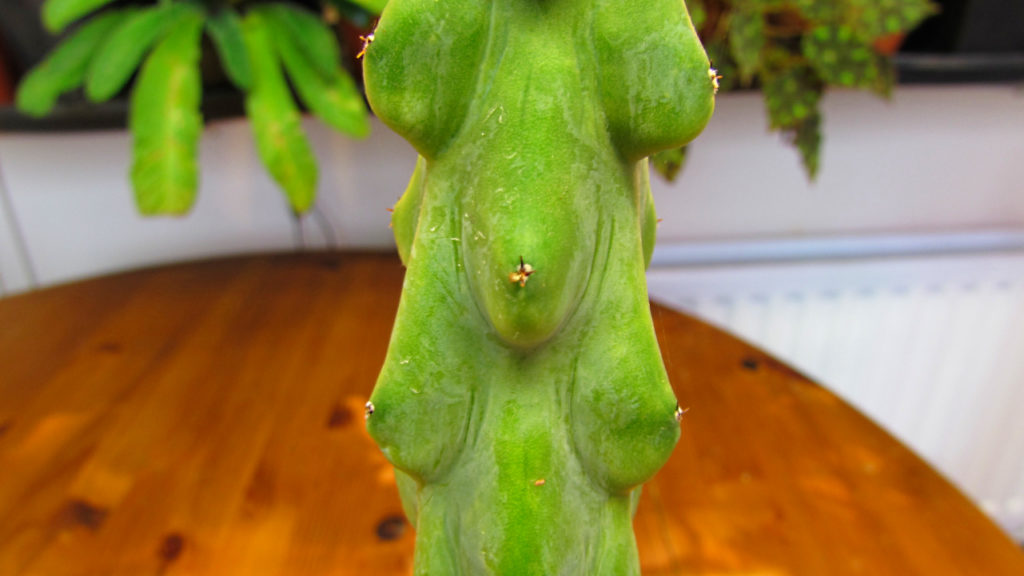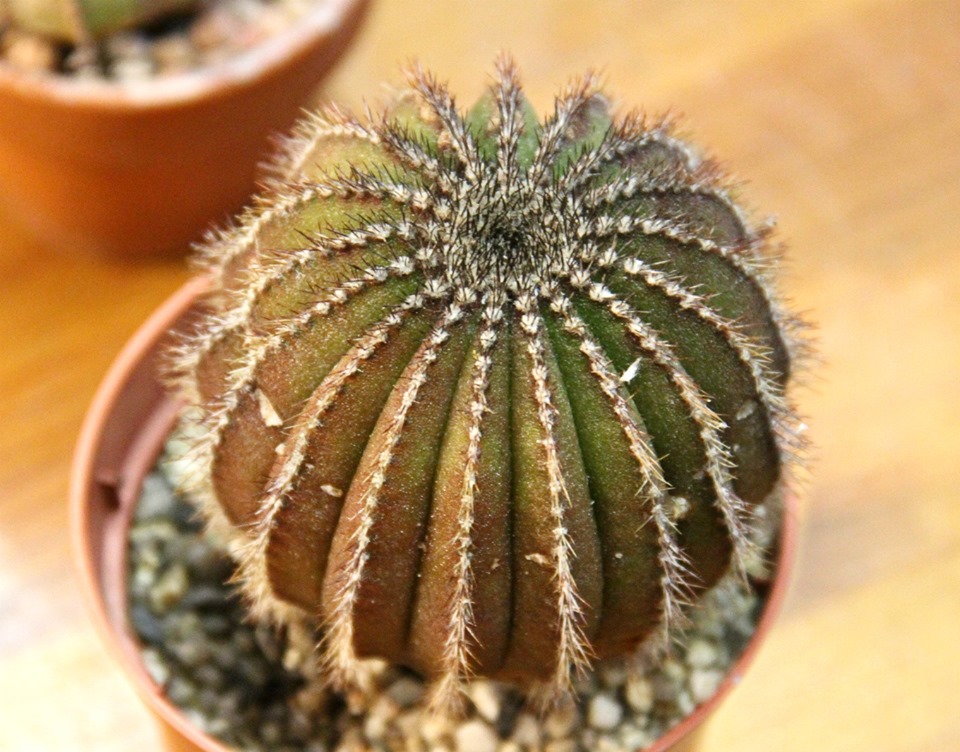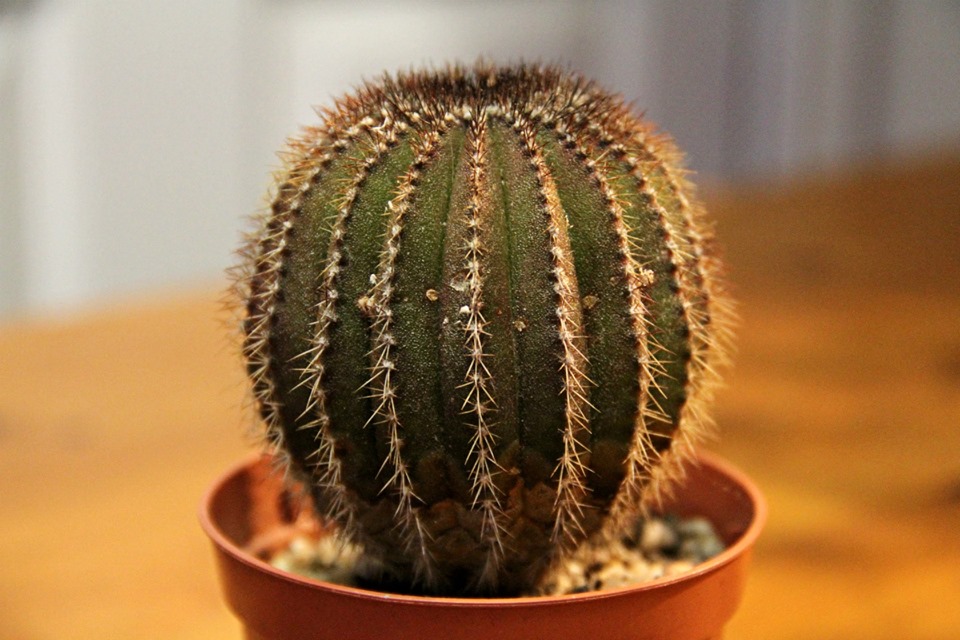Hi Guys 😀
Here are some photos of my Cacti that have all been blooming lovely this Spring and Summer of 2020, its definitely been the best year ever for my cactus flowers, I have had many Cacti flower that I have had for many years that have flowered for me for the first time.
Some Cacti have to grow quite large until they will flower, such as the Cereus Cacti like Trichocereus and Pilocereus, but there are many of the smaller varieties of Cacti like the Mammillaria’s and the Rebutia’s and Echinopsis that will flower readily if given a nice sunny position and a cool and dry winter rest period.
If you want to know How to get your Cacti & Succulents to Flower you can watch a video I made for my You Tube Channel called Desert Plants of Avalon on How to get your Cacti & Succulents to Flower and you can watch this video below:
Here are a selection of photos of some of my Cacti in bloom this Spring and Summer, I hope you enjoy the flowers.
Wishing you all a Blooming lovely day or evening, and please subscribe to my You Tube Channel called Desert Plants of Avalon for lots more videos on Cacti & Succulents.
